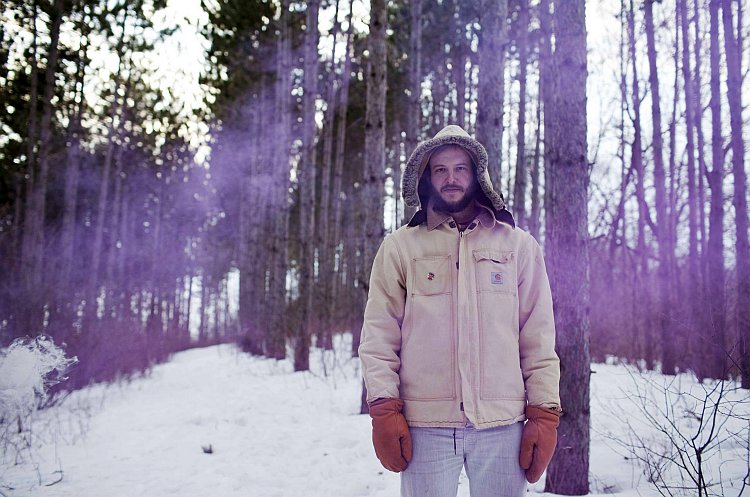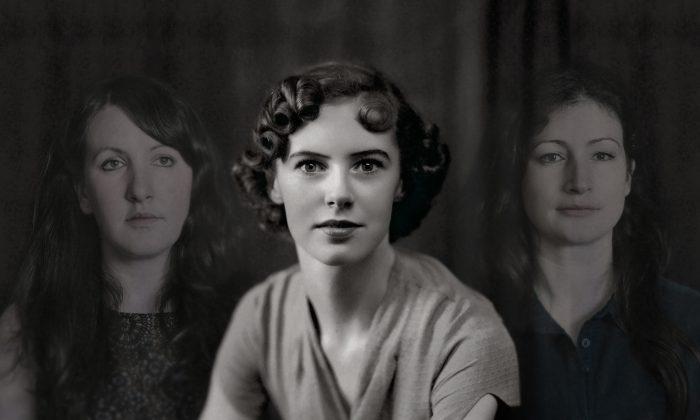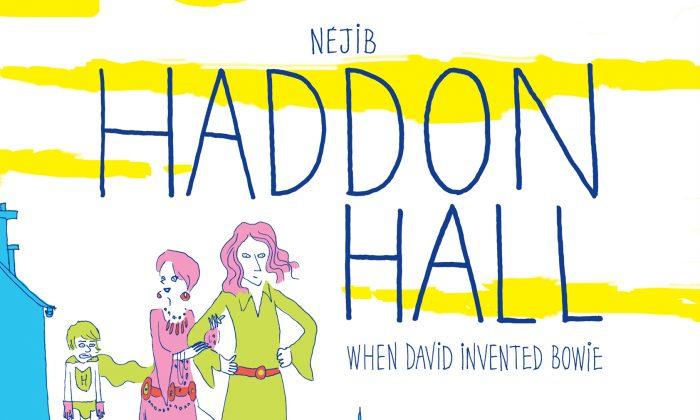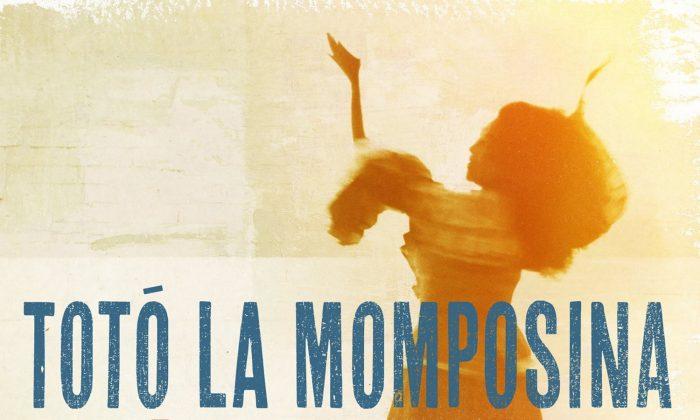1. Bon Iver — Bon Iver (4AD)
Bon Iver – never has a name been more appropriate. The band created and driven primarily by the talents of Justin Vernon evokes the magic of winter throughout this eponymous album. There is nothing quite like the sound Bon Iver conjure up – intimate and incandescent alternative folk with its heart rooted in the Wisconsin backwoods.
Vernon’s 2008 debut For Emma, Forever Ago attracted deserved accolades and launched him on a trajectory from obscurity to major artist. That album was recorded during some months of cathartic isolation in a hunting cabin following an illness, with Vernon playing most instruments and excavating some deep emotional experiences as subject matter. It was hard to see how that could be equalled by a follow up. Yet this second album does just that, perhaps even surpassing it.
It is a far less stripped down affair than the debut – with a greater array of instrumentation resulting in a wonderful multi-layered sound to complement Vernon’s falsetto vocal harmonies. The contributions of various musicians add delicate rhythms, textures, and subtle distortions that enable his artistic vision to expand and blossom.
This record was three years in the making in the idyllic rural Fall Creek studio Vernon helped build two miles from the house he grew up in. Bon Iver’s music connects on a deeply personal level, and is more about mood than the interpretation of the poetic lyrics. Its mood is transcendent and all about solitude and winter warmth, isolation, and emotional intimacy.
2. Kate Bush — 50 Words For Snow (Noble & Brite)
After a meteoric career spanning over 30 years, it’s only now that Kate Bush seems to be at her creative peak. 2005’s Aerial set the tone for a more reflective, epic style that here is transposed into a mythical winter landscape with Bush as the snow queen painting images of crystalline beauty. It’s her sparsest work to date, mostly Bush and her piano, and the first three initially austere songs take time to reveal themselves. Then ‘Wild Man’, the exotic single about the Himalayan Yeti, shifts the tempo upwards until the exquisite ‘Among Angels’ – a song guaranteed to melt the heart of any listener who gives this great album the time it deserves.
3. The Antlers — Burst Apart (Transgressive)
Having delivered an exquisitely produced study of torture and suffering on 2009’s Hospice The Antlers returned with a slightly less morose follow up. Only slightly less morose though, as evidenced with songs entitled ‘Every Night My Teeth Are Falling Out’ and ‘Putting the Dog to Sleep’. While the miserabilism remained intact, though, the soulful falsetto of Peter Silberman was dialled up to glorious effect, its quality often being quite stunning. With wonderfully languorous instrumentation backing his emoting this was a record to delight and luxuriate in, safe in the knowledge that misery had rarely sounded this glorious.
4. Destroyer — Kaputt (Dead Oceans)
Nine albums into ploughing a generally under recognised furrow as Destroyer, Dan Bejar revisited some of the least cool sounds of the last 30 years and made an album that was both lyrically and musically stunning. Replete with 80s style saxophone and sprawling in songwriting style, Kaputt was an example of crossing over the border into the apparently kitsch and retaining complete credibility. With a lyrical palette far wider reaching than most songsmiths, Bejar’s often opaque themes were never explored with anything less than a flourish, meaning this was one of the most literate records of recent years.
5. Zara McFarlane — Until Tomorrow (Brownswood)
Zara McFarlane’s debut album is a triumph in jazz that remains accessible to the mainstream ear. The album was a decade in the making and it was after Zara’s self-produced 2010 EP of the same name that Brownswood signed her. Many of the tracks were recorded over the 10 years and this adds to the breadth of the album, ranging from the deeply jazz ‘Feed the Spirit’ (a cover of Harry Whittaker’s ‘The Children and the Warlock’) to the soul-infused ‘Mama Done’. Zara is well known on the London live jazz scene where she honed her delicate yet powerful vocals, but Until Tomorrow has seen her rightly recognised on the album scene too.
6. Amon Tobin — ISAM (Ninja Tune)
It started out as an intriguing concept album, and was combined with a striking collaborative art installation and transformed into a jaw-dropping live show. ISAM works so well because of Amon Tobin’s skill in producing complicated, intense music that combines a love of bass, sincere heartfelt melodies, and glitchy unpredictable rhythms. Sidestepping the trappings of pretentious “intelligent dance music” the live show was a testament that, alongside its undoubted technical visual accomplishments, the music of the album was warped, yet completely danceable. Despite its apparently abstract nature, this accessibility is its main strength; it is experimental but wholly enjoyable.
7. Real Estate — Days (Domino)
Sometimes a record can be remarkably good in spite of its seeming straightforwardness. Real Estate’s Days was a perfect example of this. Warm, catchy, and generally a joyful experience to listen to, the New Jersey band’s second album proper was one for fans of uncomplicated songcraft. Mining a similar seam of alt pop as indie artisans The Shins, Days gave us bucolic pastoral visions of lazy summer times, and could easily have been released at any juncture over the past five decades. A record supplying comfort and reassurance, it was nonetheless exciting in its perfect execution of the art of making irresistible indie pop.
8. Thundercat — The Golden Age of Apocalypse (Brainfeeder)
The Golden Age of Apocalypse and its creator Stephen Bruner, are a mishmash of styles. As well as playing bass for Flying Lotus and Erykah Badu, Bruner is the bass player for Suicidal Tendencies. But this album is as far away from metal as you can get, and fans of the floaty, jazzy side of Fly-Lo will find a lot to like here. The album is smooth, groove-filled, and highly jazz influenced, with a peppering of electronic noodling. Fans of Barry Miles or George Duke, whose tune ‘For Love I Come’ is beautifully covered, will feel right at home. The next couple of years are going to see big things for Bruner and the rest of the Brainfeeder collective.
9. Wu Lyf — Go Tell Fire to the Mountain (LYF)
Hyped to the rafters with their deliberate obfuscation, hiding their faces and making grandiose and overly cocky statements (shock horror for a band from Manchester) it was easy to take against Wu Lyf. However, those that gave the record a chance were richly rewarded with a glorious mix of unintelligible but oddly affecting rasped vocal delivery and hi-life style guitars offering an intoxicating and unique sound. That the band issued objectionable rebukes to their illustrious forebears was forgiven by those of us long enough in the tooth to have heard it all many times before. What we hadn’t heard, but were glad to now, was the glorious racket they generated.
10. Sea of Bees — Songs for the Ravens (Heavenly)
Californian multi-instrumentalist Julie Ann Baenziger, aka Sea of Bees, is one of the most exciting talents to emerge in 2011. She has described her music as freak folk, shimmering highly personal compositions that she believes will connect with others who feel, as she has done, that they don’t always belong. Dreamy and languorous, there’s a spine tingling innocence in her almost childlike high vocal tones and songs about wizbots and gnomes. There’s also a Goldfrapp-like lightness of touch and pop sensibility to songs like ‘Willis’, while others such as ’Marmalade' benefit from a burnt and crisp sounding guitar evoking the American West.







